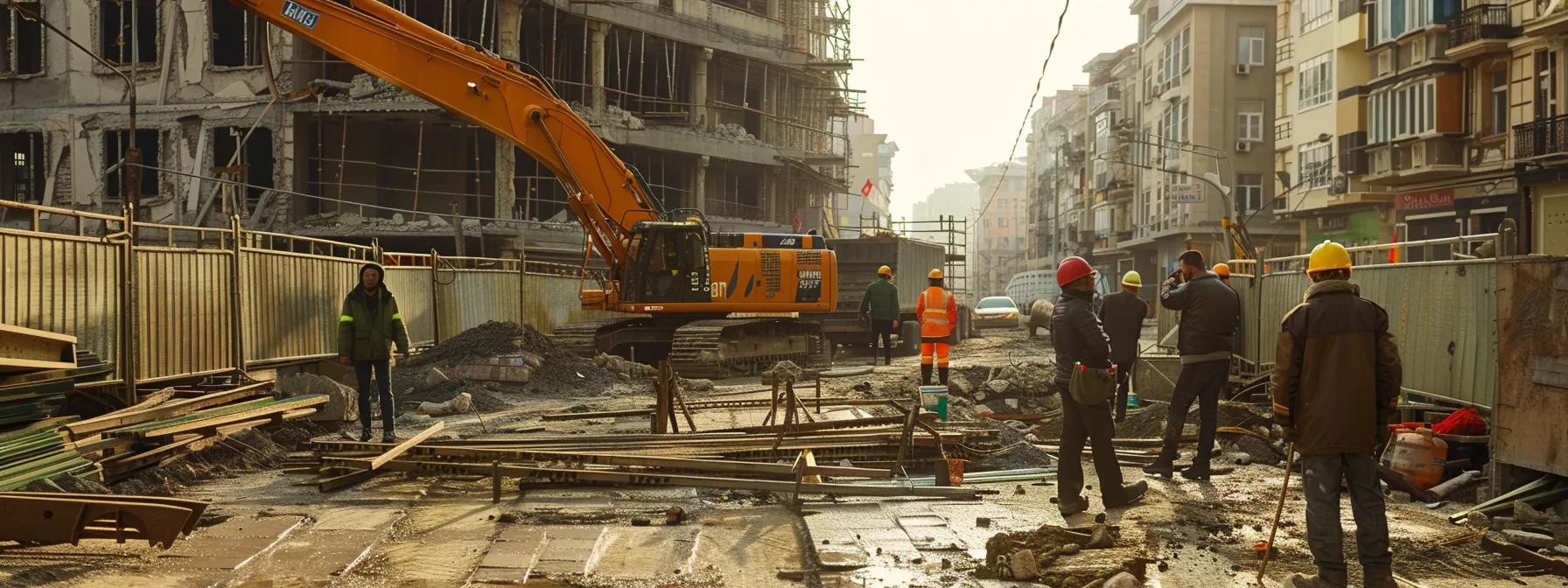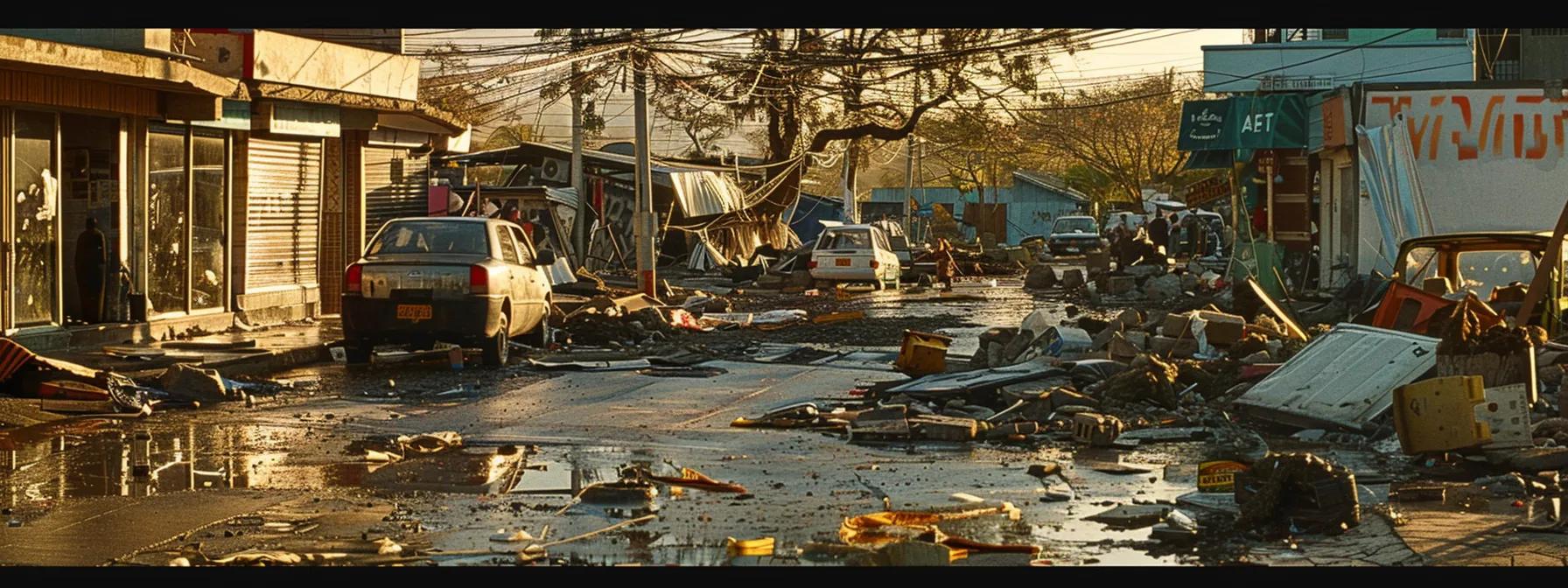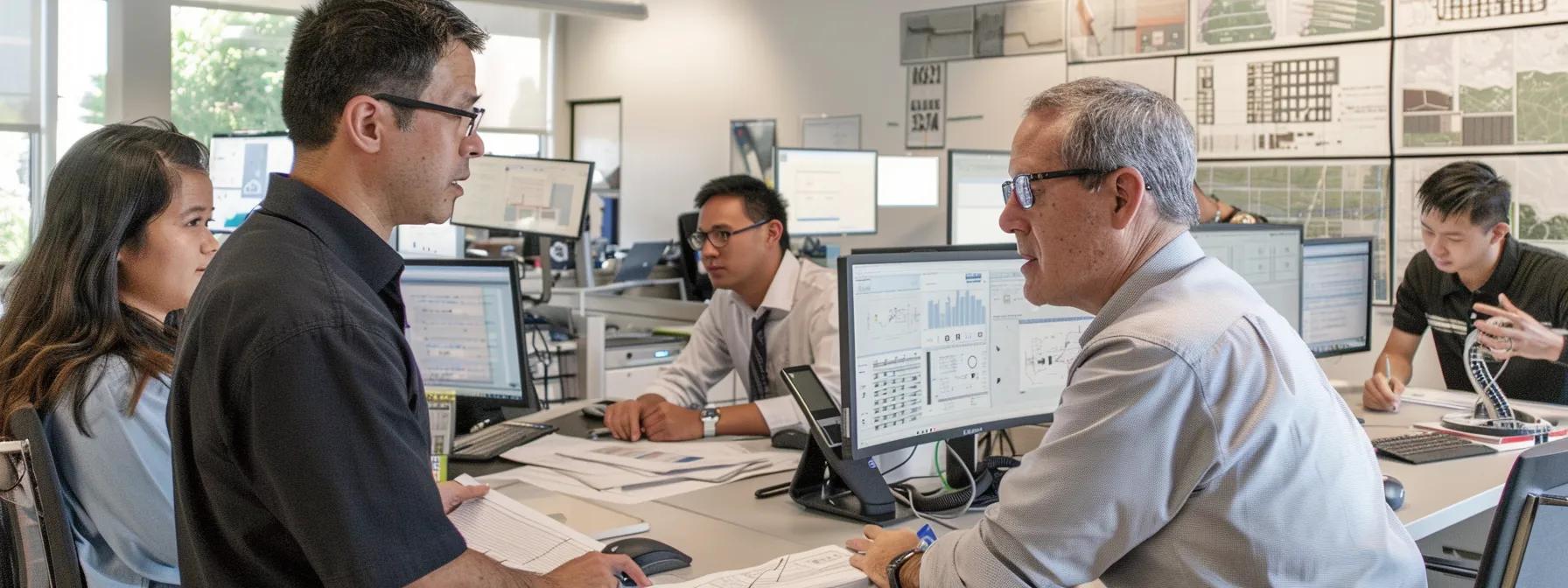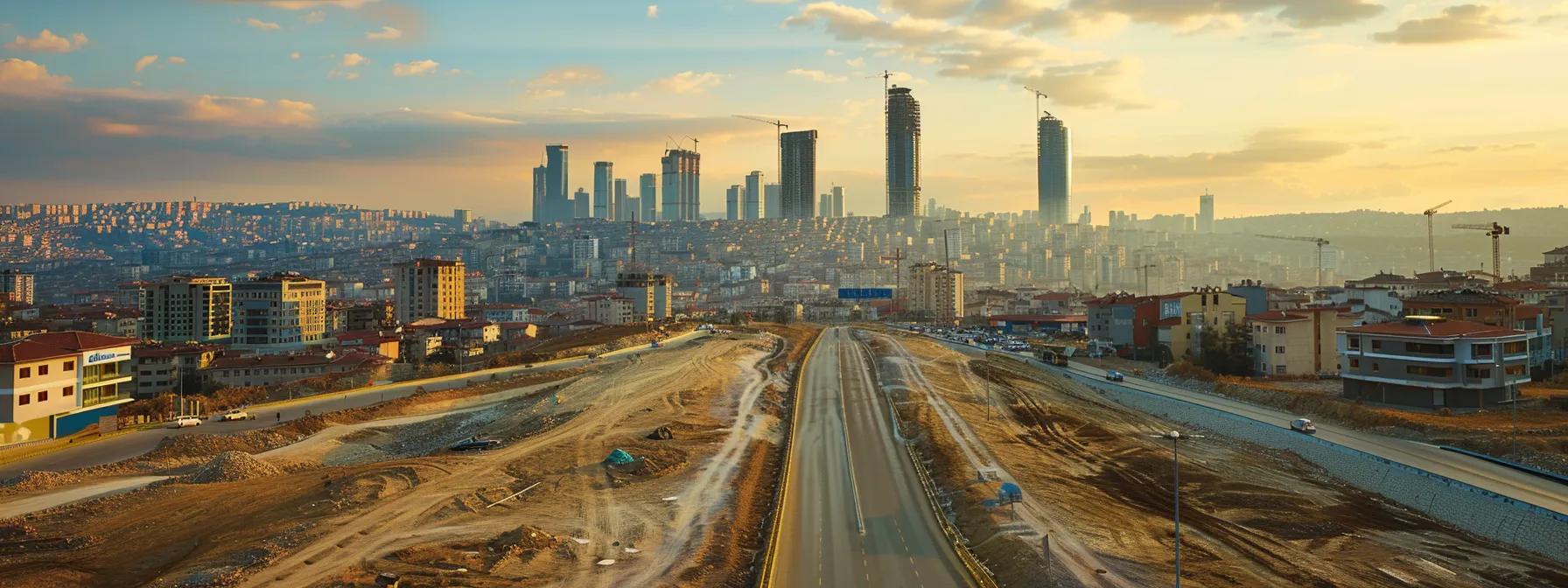Understanding Variations in Rebuilding Costs Post-Earthquake: Insights for Affected Turkish Communities
Understanding the dynamics of rebuilding costs in seismic zones is crucial for community resilience in Turkey. The devastating effects of earthquakes not only disrupt lives but also place immense pressure on local economies. By examining various factors influencing reconstruction expenses, stakeholders can make informed decisions to optimize rebuilding efforts and enhance community recovery.
Key Takeaways
- Multiple interrelated factors influence rebuilding costs in Turkish seismic zones.
- Economic impacts can strain community resources and hinder recovery efforts.
- Robust policies can optimize safety but may elevate upfront building costs.
- Regional disparities necessitate targeted resource allocation for effective recovery.
- Diverse financing options are crucial for facilitating post-quake reconstruction initiatives.
- Anticipating future cost trends is essential for sustainable community planning.
What are the factors influencing rebuilding costs in Turkish seismic zones?

Multiple factors significantly influence the rebuilding costs in Turkish seismic zones, including material availability, labor costs, regulatory standards, and infrastructure resilience. In regions affected by earthquakes, construction expenses can escalate due to the urgent need for rebuilding and compliance with updated safety codes. These variabilities must be understood to mitigate future risks and streamline restoration processes.
How do economic effects impact local communities after an earthquake?

The economic effects following an earthquake can be profound, often leading to decreased property values, increased unemployment, and strained municipal budgets. Immediate costs may arise from emergency services and temporary housing, while long-term impacts can stem from reduced investment and out-migration of residents. Successful recovery involves a strategic plan to reinvigorate the local economy and restore the community’s vitality.
What is the role of policy and regulation on reconstruction expenses?

Policy and regulatory frameworks play a critical role in shaping reconstruction expenses. Compliance with building codes designed for earthquake resilience ensures safety but may initially elevate costs. However, such investments can prevent future economic losses and fatalities. Continuous adaptation of policies based on seismic research facilitates better urban planning, which ultimately aids cost management during reconstruction.
How do rebuilding expenses compare across different regions in Turkey?

Rebuilding expenses exhibit significant regional disparities due to varying geographical, economic, and infrastructural factors. For instance, cities with well-established infrastructure may experience lower costs compared to rural areas facing logistical challenges. By analyzing these regional differences, policymakers can allocate resources more efficiently and target assistance where it’s most needed.
What financing mechanisms are available for post-quake restoration?

Various financing mechanisms exist to support post-earthquake restoration, including government grants, insurance payouts, and international aid. Local governments may also fund initiatives through public-private partnerships to enhance resilience. Understanding these financing options is critical for communities seeking to recover efficiently and sustainably from the financial burdens of rebuilding.
How can we anticipate future cost trends in post-earthquake reconstruction?

Anticipating future cost trends involves examining historical data on reconstruction expenses, inflation rates, and changes in material costs due to demand fluctuations. Advanced modeling techniques can help predict potential increases in building costs influenced by climate change and evolving regulatory frameworks. This foresight allows for strategic budgeting that prepares communities for long-term recovery from seismic events.
What are the common challenges in rebuilding after an earthquake?
Rebuilding challenges include funding shortages, regulatory compliance, and material availability.
How do building codes affect reconstruction in seismic zones?
Building codes ensure safety but may increase initial construction costs for compliance.
What are the best practices for rebuilding in Turkish seismic zones?
Best practices involve utilizing resilient designs, engaging local resources, and adhering to updated codes.
How is community involvement important in post-earthquake reconstruction?
Community engagement fosters support, prioritizes local needs, and enhances the effectiveness of recovery efforts.
Are there financial aids available for earthquake recovery in Turkey?
Yes, various financial aids such as government grants and insurance help support recovery efforts.
Understanding variations in rebuilding costs post-earthquake is vital for supporting affected Turkish communities. Through detailed analysis of influencing factors, stakeholders can foster better resilience and optimize recovery strategies. Policymakers and local governments play a critical role in shaping effective rebuilding frameworks that promote sustainable community growth. Investing in preparedness today will yield significant benefits for tomorrow.
